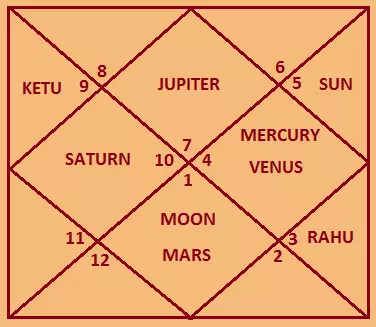Solar Transition or Saur Sankranti
in Astrology or Jyotish

Best Astrologer in India: - Dr.A.S.Kalra


Solar Transition or Saur Sankranti in Indian Hindu Calendar
Saur Sankranti, also known as Solar Transition or Surya Sankranti, refers to the moment when the Sun transits from one zodiac sign (Rashi) to another. It is an important astronomical and astrological event in the Indian Hindu calendar and holds spiritual, religious, and predictive significance in Vedic astrology.
What is Saur Sankranti?
In Sanskrit, "Sankranti" means movement or transition. When the Sun moves from one Rashi (zodiac sign) to the next, this movement is called Saur Sankranti. There are 12 Sankrantis in a solar year, each marking the entry of the Sun into a new zodiac sign, beginning with Mesh Sankranti (Aries) and ending with Meen Sankranti (Pisces).
Types of Sankranti
- Mesh Sankranti: Sun enters Aries; marks the beginning of the Hindu solar new year in many parts of India.
- Makar Sankranti: Sun enters Capricorn; a major Hindu festival associated with harvest and spiritual renewal.
- Other Sankrantis: Include Vrishabh Sankranti (Taurus), Mithun Sankranti (Gemini), etc. — each having local and astrological importance.
Importance in Vedic Astrology
- Transit Analysis: The Sun's movement into a new Rashi affects all horoscopes based on Lagna (Ascendant) and Moon sign.
- Timing of Results: Saur Sankranti helps determine planetary strengths and timing of events in predictive astrology.
- Surya Sankraman Charts: Special charts can be cast at the moment of solar transition to analyze monthly trends.
Significance in Rituals and Festivals
- Each Sankranti is considered a spiritually significant time for charity (Daan), fasting (Vrat), and bathing in holy rivers.
- Makar Sankranti is widely celebrated with kite flying, prayers, and cultural festivities across India.
- Some temples observe special rituals and offerings on every Sankranti, especially in South India.
Astronomical Basis
Saur Sankranti is based on the solar calendar and actual astronomical movement of the Sun. It differs from lunar-based Tithis, which are determined by the Moon’s phases. The exact time of Sankranti can be calculated with precision and is often mentioned in Panchangs (Hindu almanacs).
Spiritual Relevance
Sankranti moments are believed to be highly auspicious for spiritual practices, self-discipline, and renewal. It is a moment of transition from one solar energy phase to another and is often marked by introspection, donations, and spiritual cleansing.
Conclusion
Solar Transition (Saur Sankranti) is a core concept in the Hindu calendar system and Vedic astrology. Whether for festival celebrations, personal spiritual observances, or astrological predictions, each Sankranti carries unique energies and importance. Understanding these transitions enhances our alignment with cosmic rhythms and natural time cycles.
